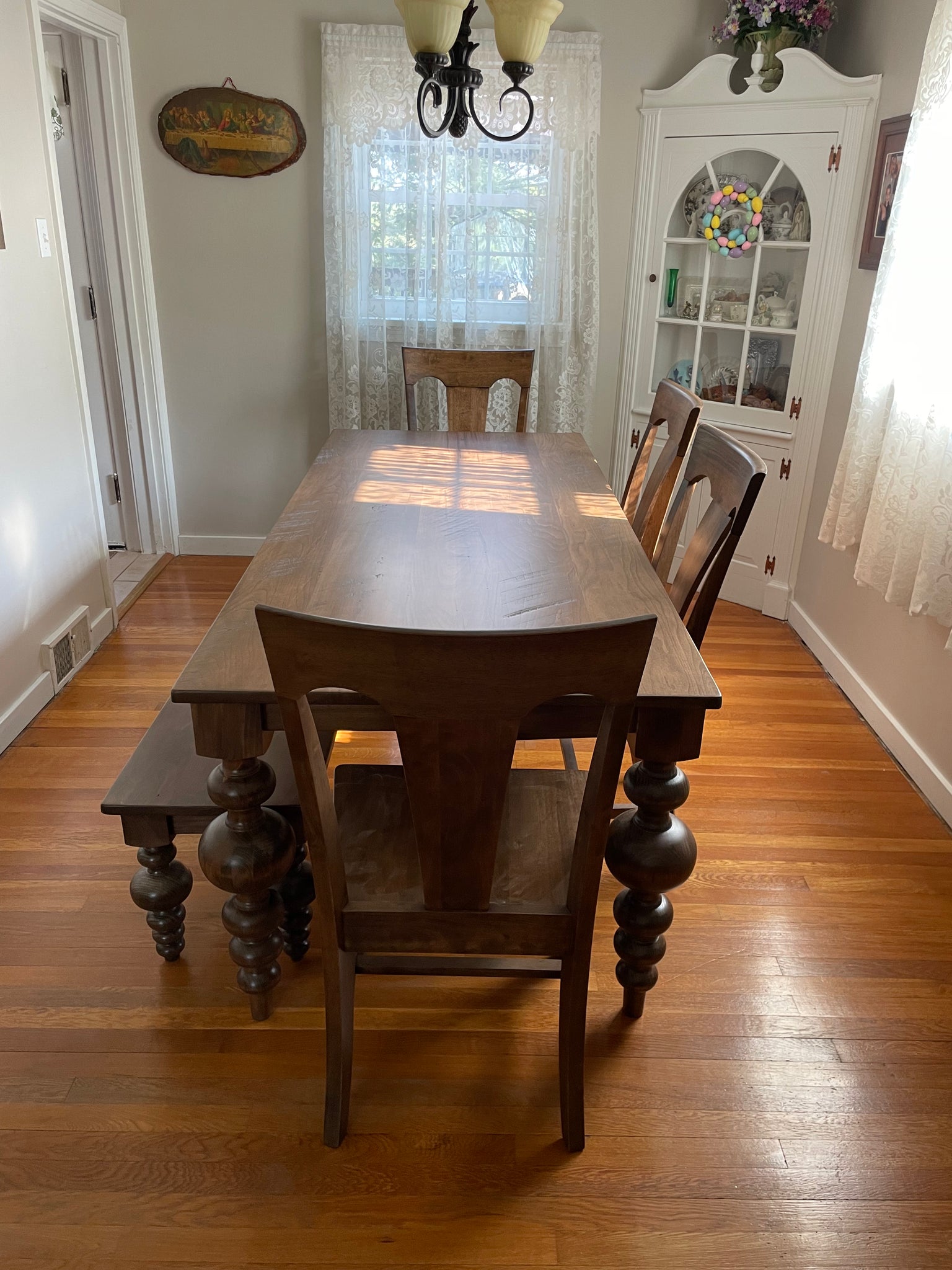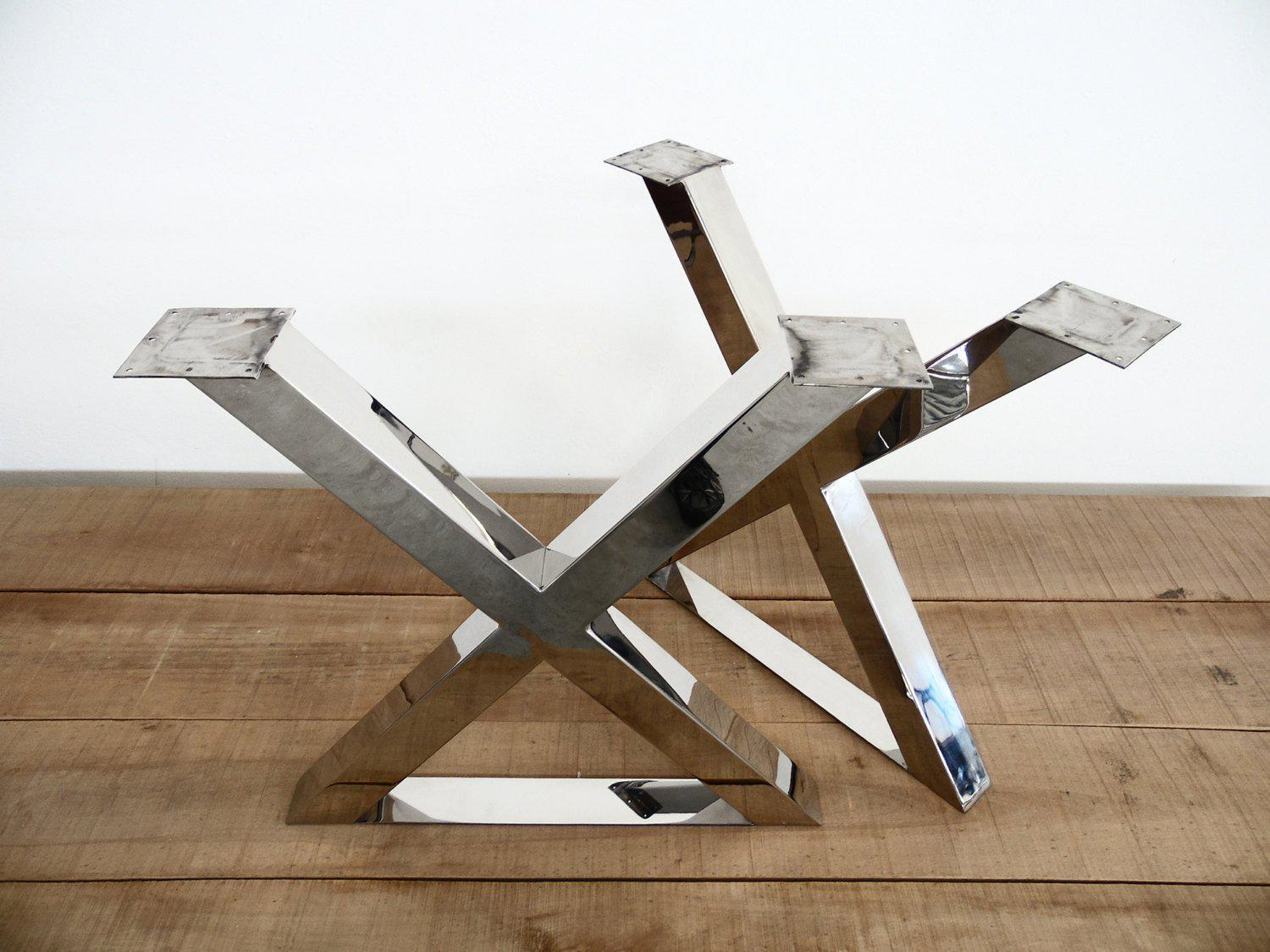The Ultimate Overview to Picking Long Lasting Dining Room Table Legs
The Ultimate Overview to Picking Long Lasting Dining Room Table Legs
Blog Article
Selecting the Perfect Dining Table: What Styles Work Best for Your Home?
Picking the excellent table for your home can be a nuanced procedure that balances aesthetics and capability. Whether your area leans in the direction of standard elegance, modern minimalism, rustic beauty, or industrial posh, the range of designs offered can deal with diverse preferences. Each style offers special benefits and difficulties that can either boost or disrupt your eating area's consistency. Comprehending just how different products, forms, and sizes engage with your existing decor is vital. To browse these choices successfully and locate a table that really matches your home, consider the complying with elements in information.
Assessing Your Space
Evaluating the measurements and design of your eating location is an essential very first action in picking the ideal table. Begin by determining the size and size of the area, making up entrances, windows, and other architectural functions that might affect table positioning. This makes certain that your table not only fits but likewise enables for comfortable motion around it.
Think about the number of people you usually entertain. A table should accommodate your household's daily needs while offering enough adaptability for periodic guests. Generally of thumb, allocate at least 24 inches of table size each to make certain a comfy dining experience.
It's also necessary to preserve appropriate clearance around the table. Ideally, there need to go to least 36 inches between the table side and wall surfaces or various other furnishings, allowing easy accessibility and activity. For areas where chairs with arms or additional storage space systems like buffets are involved, boosting this clearance to 48 inches is a good idea.
Lighting and environment play considerable functions also. Ensure that your table lines up with existing lighting components or prepare for adequate lights services. This comprehensive spatial analysis guarantees that your eating table not only fits physically but additionally balances with your room's general functionality and visual.
Popular Table Styles

Conventional table typically feature ornate details, curved legs, and abundant timber surfaces, evoking a sense of ageless beauty. They are perfect for homes with classic style or those aiming to include a touch of class to their dining area.
Modern dining tables prioritize simpleness and tidy lines, commonly integrating materials like glass and steel. These tables are suitable for modern rooms, supplying a smooth and uncluttered appearance that matches minimalist layout approaches.
Rustic table, on the various other hand, highlight natural products and a handmade look - dining room table legs. They commonly feature reclaimed wood and a troubled surface, creating a cozy and inviting ambience. These tables work well in farmhouse-style homes or those looking for a comfortable, natural feel
Industrial eating tables integrate basic materials such as steel and wood, commonly showcasing an utilitarian visual. This style is fit for lofts or city spaces, including a touch of rugged beauty and sturdiness to the eating experience.
Each style supplies unique benefits, making it important to choose one that lines up with your home's total design and your individual preferences.
Material Selections
When selecting a table, the choice of material plays a critical function in establishing both the table's aesthetic appeals and capability. Wood, steel, glass, and composite products each deal distinct advantages and challenges, making it vital to straighten the material with your home's style and way of life requirements.
Timber is a timeless and flexible choice, readily available in varieties such as oak, walnut, and mahogany. Understood for its longevity and warmth, wood matches both typical and modern interiors. However, it needs routine upkeep to stop scrapes and bending.
Metal tables, typically crafted from stainless steel, light weight aluminum, or functioned iron, are commended for their modern-day allure and effectiveness. They are specifically suited for industrial or minimal setups yet can be vulnerable to damages and might really feel chilly to the touch.
Glass dining tables bring an air of beauty and openness, suitable for smaller spaces as they create an illusion of more area. While very easy to tidy, glass can be at risk to smudges and requires careful handling to avoid chips and splits.
Composite products, such as MDF and plywood, deal economical and adjustable services, though they might do not have the durability of natural materials. Selecting the appropriate product ensures your table is both a functional property and a visual delight.
Forming and Dimension Considerations
After identifying the suitable product for your eating table, the following factor to consider is selecting the right form and dimension to suit your space. The form of the table substantially influences the space's aesthetic and performance. Rectangle-shaped tables, the most usual form, are optimal for bigger areas and can accommodate a greater number of visitors. They likewise enable an extra formal eating experience. Conversely, rounded navigate to these guys tables promote a sense of affection and are excellent for smaller sized dining locations, encouraging conversation by removing corners and making everyone feel equally included.
Size is similarly crucial and must be determined by both the room's measurements and the variety of people you prepare to seat regularly. As a policy of thumb, allot a minimum of 24 inches of table width each to ensure comfy eating. Additionally, think about the table's clearance room: there need to be at least 36 inches between the table side and the internet wall surfaces or various other furnishings. This ensures that diners can walk around conveniently without really feeling confined. Extending tables provide versatility if you often organize bigger celebrations, providing additional seating when needed without occupying extra room daily. Selecting the best sizes and shape makes sure both functionality and visual consistency in your eating area.
Matching Your Decoration
Choosing a dining table that integrates with your existing decoration is critical in creating a natural and inviting room. Begin by examining your current interior decoration style, whether it be contemporary, standard, rustic, or diverse. The table ought to complement the overall aesthetic, not take on it. As an example, a smooth, minimal table with clean lines is ideal for a modern-day home, while a vintage, ornate table matches a much more traditional setting.
Color and product are just as significant. If your decoration includes warm tones and natural products, take into consideration a wooden table to improve the organic feeling. Alternatively, a glass or steel table may reference be better in a room dominated by amazing shades and commercial elements. Focus on the surface, as it needs to mirror other furniture and components to maintain harmony.
Appearance plays an essential role also. A rough-hewn, recovered timber table can add personality to a rustic area, while a sleek marble surface area can boost a luxurious dining location. Take into consideration the range and proportion of the table in connection to the room dimension and existing furnishings. A well-matched dining table not just improves visual appeal yet additionally enhances the general dining experience.

Verdict
Choosing the optimal eating table demands careful consideration of area, design, products, form, and size (dining room table legs). Traditional tables complement traditional insides with abundant timber finishes, while modern tables fit contemporary setups with glass and metal. Rustic designs introduce warmth through natural materials, and industrial styles enhance urban atmospheres with raw aspects. Harmonizing the eating table with existing decoration makes certain both capability and aesthetic allure, adding to a natural and cosmetically pleasing eating location.
Report this page